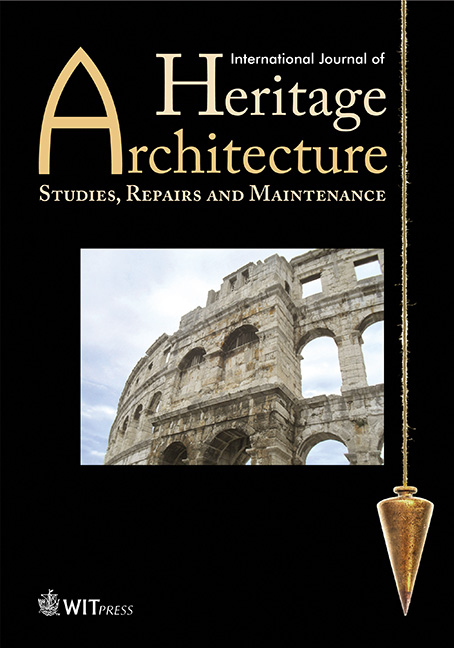SEMI-AUTOMATIC GENERATION OF BIM MODELS FOR CULTURAL HERITAGE
Price
Free (open access)
Volume
Volume 2 (2018), Issue 2
Pages
9
Page Range
293 - 302
Paper DOI
10.2495/HA-V2-N2-293-302
Copyright
WIT Press
Author(s)
FACUNDO JOSÉ LÓPEZ, PEDRO MARTIN LERONES, JOSÉ LLAMAS, JAIME GÓMEZ-GARCÍA- BERMEJO & EDUARDO ZALAMA
Abstract
The building information modelling (BIM) platforms have serious difficulties to represent historical buildings and cultural heritage. These platforms have no libraries with historical parametric objects able to represent the particular characteristics of the historical buildings. One solution to represent faithfully the buildings is the use of point clouds obtained by laser scanning systems and photogrammetry. However, these clouds points, although they may represent faithfully the geometry of the buildings, are difficult to incorporate to BIM platforms because of the enormous volume of data they contain. Moreover, the particular nature of historic buildings makes it essential to incorporate semantic information including historical and bibliographic data of the analysed building.
In this article a new methodology which facilitates the modelling of heritage buildings by incorporating point clouds to BIM platforms and tackling their subsequent treatment for obtaining parametric models is proposed. The obtained models can be incorporated into libraries for later reuse, along with their historical semantic information, under the concept of heritage BIM. To do this, performing cuts, sections and views following the norms, rules and constructive patterns of the different historical architectural periods is proposed.
The proposed methodology has been applied to a real case study: the Romanesque church Santa Maria la Real de Mave located in Palencia, Spain. Moreover, the results of the digital modelling of the church are a solution for 3D modelling recurring a wide range of buildings in the same style. This is possible because the shapes and proportions of the modelled elements can be modified to adapt to new requirements without having to restart from scratch. This will allow sections, details, projections and other features to be generated automatically. We can provide quantitative and qualitative information, thus allowing detailed analysis in a remote and multidisciplinary way, within the framework of ‘Smart heritage’.
Keywords
3D environments, BIM platforms, HBIM, heritage documentation, point clouds/historical information, Smart heritage




